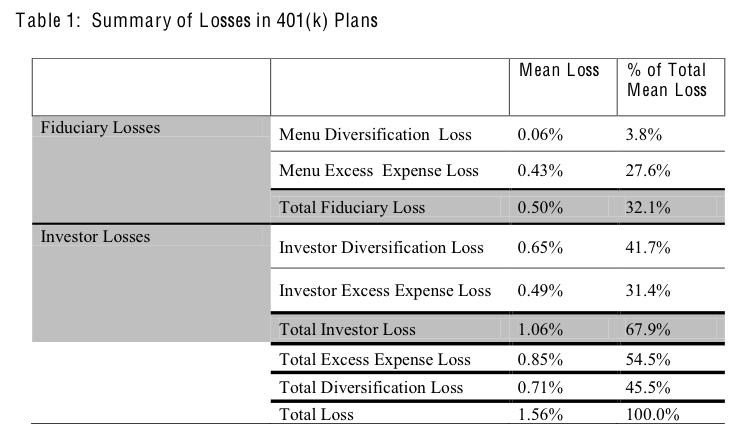Are alternative assets the solution to the 401(k) problem
Post on: 31 Март, 2015 No Comment

January 31, 2014
401(k)s are for better or worse the main retirement savings vehicle for workers today. The good news is that average 401(k) balances have doubled from their 2008 lows. So you would think that American workers are back on track? The bad news is that the 401(k) wasnt built with the intention of carrying the load for the vast majority of Americans. From Morningstar :
The problem with 401(k)s are a couple, said Vanguard founder Jack Bogle at our June 2013 Investment Conference. The big one for me is, its a thrift plan that weve tried to redesign into a retirement plan. It was never created to be a retirement plan. Among the plans shortfalls, he said, is the ability for workers to withdraw their savings too easily, an all-too-common decision for many Americans as they move from one job to another.
Helaine Olen. author of Pound Foolish: Exposing the Dark Side of the Personal Finance Industry . has an even darker view of the American retirement saving systems and the 401(k) plan. From Salon:
The truth is this: the concept of a do-it-yourself retirement was a fraud. It was a fraud because to expect people to save up enough money to see themselves through a 20- or 30-year retirement was a dubious proposition in the best of circumstances. It was a fraud because it allowed hustlers in the financial sector to prey on ordinary people with little knowledge of sophisticated financial instruments and schemes.
So given all that is the biggest problem with 401(k) plans that they dont provide investors access to alternative asset classes? According to Scott Higbee writing at WSJ this deficiency is indeed a big problem. Higbee writes:
Meanwhile, more than 50 million Americans rely on 401(k) plans for their retirement that typically are self-managed and restricted to a combination of traditional assets of stocks, bonds and cash. These defined-contribution plans generally dont provide investors with the opportunity to add a range of alternative assets to the mix. Given the current dismal yields on mainstream fixed-income securities, they should.
Higbee notes the high incidence of alternative investments in the portfolios of the most sophisticated institutional investors as an argument for allowing a broader range of asset classes in 401(k) plans. The problem with that argument is that alternative assets havent necessarily been a boon to these sophisticated investors. As Matthew Klein at Bloomberg writes:
Absolute returns arent the only thing that investors should care about. Volatility also mattersUnfortunately, there is no evidence that diversification into alternatives did much good. Drawdowns on endowments during the financial crisis were often the same as, or bigger than, they would have been had the schools held a simple portfolio of stocks and bonds. Making matters worse, alternatives often cant easily be turned into cash when you need it, forcing schools to unload more of their liquid assets.
Nor should we look to the new class of alternative asset mutual funds for much solace. Larry Swedroe at ETF.com reviews some recent research showing that absolute return mutual funds are generally a disappointment to investors. Swedroe writes:
Thus, we can conclude that absolute-return funds have demonstrated the ability to lose money in both bull and bear markets. The only thing absolute about these funds is how absolutely bad they are. And while mutual funds that use absolute-return strategies are expensive, they’re cheap by hedge fund standards, with their typical fee structure of 2/20 (2 percent annual fee plus 20 percent of the profits).
The fact is that most asset allocation schemes get you pretty much to the same place without putting the burden on investors to seek out alternative assets classes or undertake high turnover tactical asset allocation programs. David Foulke at Turnkey Analyst writes:
Well, the evidence seems to suggest that a simple 60/40 or an equal-weight portfolio allocated across big-muscle movement asset classes is going to get you the 90-95% solution.
Its great that 401(k) balances have rebounded from their post-crisis nadir. But that shouldnt obscure the fact that the vast majority of Americans have not saved enough for retirement. The blame for this shouldnt all be put at the feet of the 401(k) plan. However arguing for a more expansive investment palette for individual investors does little to address the real issues at hand.














